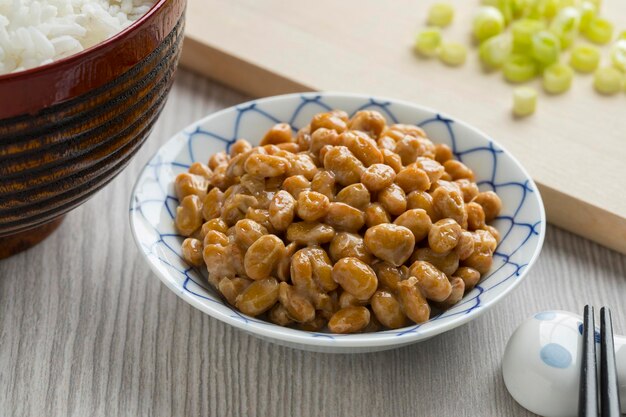Fermentation is an ancient food preservation technique that not only enhances the flavor of foods but also makes them safer to eat by breaking down harmful compounds. However, when not done correctly, some foods can become toxic and pose serious health risks. Here’s a look at 10 foods that can be dangerous if not fermented properly.
1. Cassava
- Why It Can Be Poisonous: Cassava contains cyanogenic glycosides, which can release cyanide when consumed. Improper fermentation can leave behind dangerous levels of this toxin.
- Safe Fermentation: Cassava should be thoroughly peeled, soaked, and fermented for several days before cooking to reduce cyanide levels.
2. Hakarl (Fermented Shark)
- Why It Can Be Poisonous: Traditional Icelandic hakarl is made from Greenland shark, which naturally contains high levels of uric acid. Without proper fermentation, it remains highly toxic.
- Safe Fermentation: The shark meat must be buried for several weeks to allow the uric acid to break down, followed by hanging to dry for several months.
3. Bamboo Shoots
- Why It Can Be Poisonous: Fresh bamboo shoots contain cyanogenic glycosides, which can produce toxic cyanide.
- Safe Fermentation: Fermentation or boiling bamboo shoots for an extended period helps to neutralize the cyanide, making them safe to eat.
4. Natto (Fermented Soybeans)
- Why It Can Be Poisonous: While natto itself is safe when properly fermented, improper fermentation can lead to the growth of harmful bacteria that produce toxins.
- Safe Fermentation: Natto requires the introduction of specific bacteria (Bacillus subtilis) under controlled conditions to ensure a safe product.
5. Kiviak (Fermented Birds)
- Why It Can Be Poisonous: Kiviak, a traditional Inuit delicacy, involves fermenting whole seabirds in a seal carcass. If the process isn’t controlled, harmful bacteria can develop.
- Safe Fermentation: Properly fermenting the birds by ensuring the carcass is airtight and stored in cold conditions is crucial to prevent botulism and other bacterial contamination.
6. Poi (Fermented Taro)
- Why It Can Be Poisonous: Taro contains calcium oxalate, which can cause irritation and is toxic in large quantities if not adequately processed.
- Safe Fermentation: The fermentation process, which typically lasts several days, helps break down these toxins, making the poi safe to consume.
7. Fesikh (Fermented Fish)
- Why It Can Be Poisonous: Fesikh, an Egyptian dish made from fermented mullet, can cause botulism if the fermentation process is not handled properly.
- Safe Fermentation: Fermentation must be carried out under specific conditions to ensure the fish is safe to eat, typically involving salting and drying.
8. Kimchi (Fermented Vegetables)
- Why It Can Be Poisonous: Although kimchi is generally safe, improper fermentation or using contaminated ingredients can lead to foodborne illnesses such as listeria or botulism.
- Safe Fermentation: Using clean equipment, fresh vegetables, and maintaining the correct temperature during fermentation are key to producing safe kimchi.
9. Fermented Beans (Ogiri, Natto)
- Why It Can Be Poisonous: Fermented beans can develop harmful bacteria if the process is not done correctly, leading to food poisoning.
- Safe Fermentation: Beans should be fermented using the correct starter cultures under controlled, sanitary conditions.
10. Fermented Tofu (Chou Dofu)
- Why It Can Be Poisonous: Chou doufu, or fermented tofu, can develop harmful bacteria if not prepared in a clean environment, potentially causing botulism.
- Safe Fermentation: It is crucial to ferment tofu under controlled conditions, using the right strains of bacteria and maintaining hygiene.
Fermentation is a delicate process that can turn toxic ingredients into delicious and safe foods when done correctly. However, if the process is not carefully managed, these foods can pose serious health risks due to the potential for harmful bacteria and toxins to develop. By understanding and following the correct fermentation techniques, you can enjoy these traditional foods safely.








